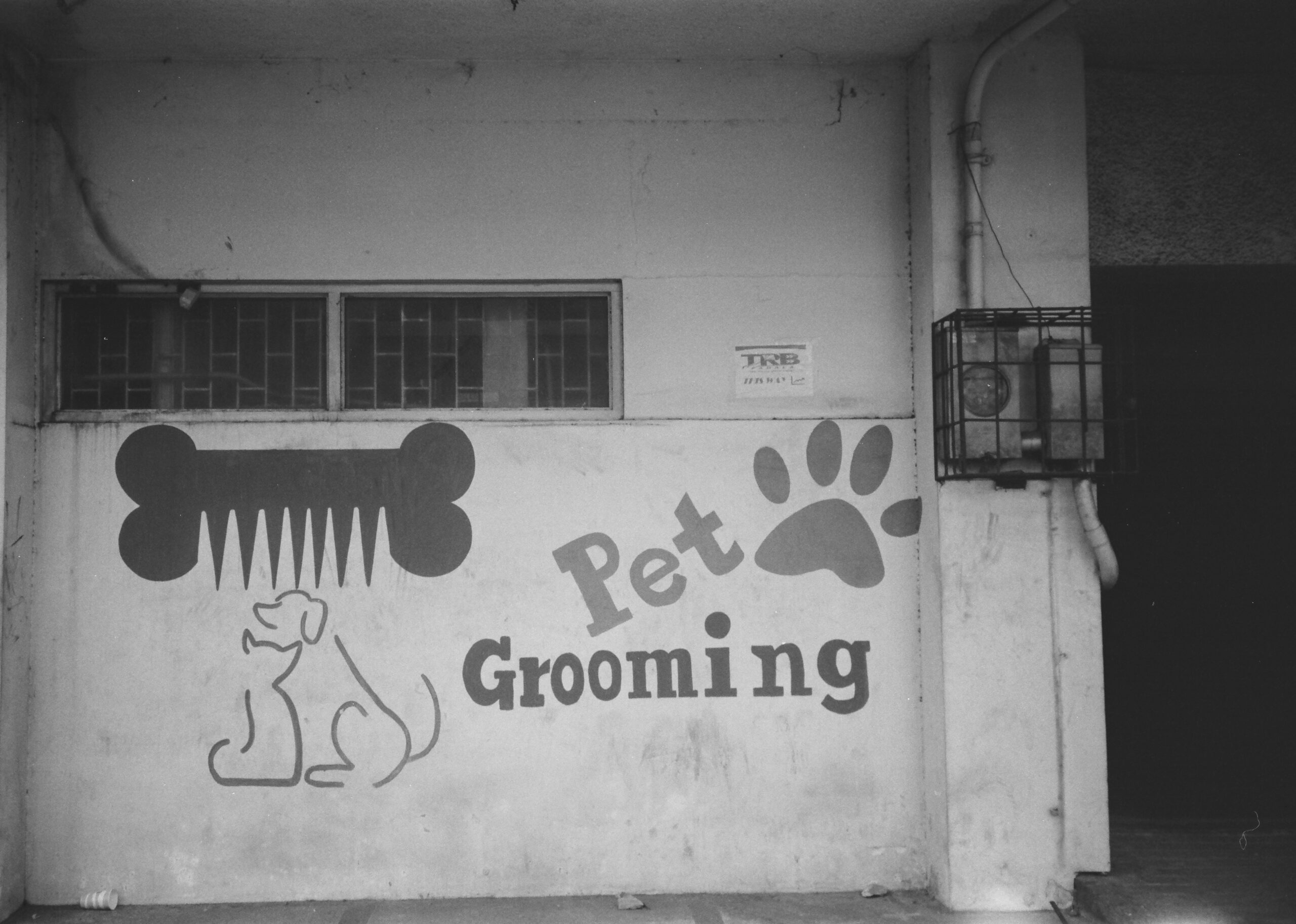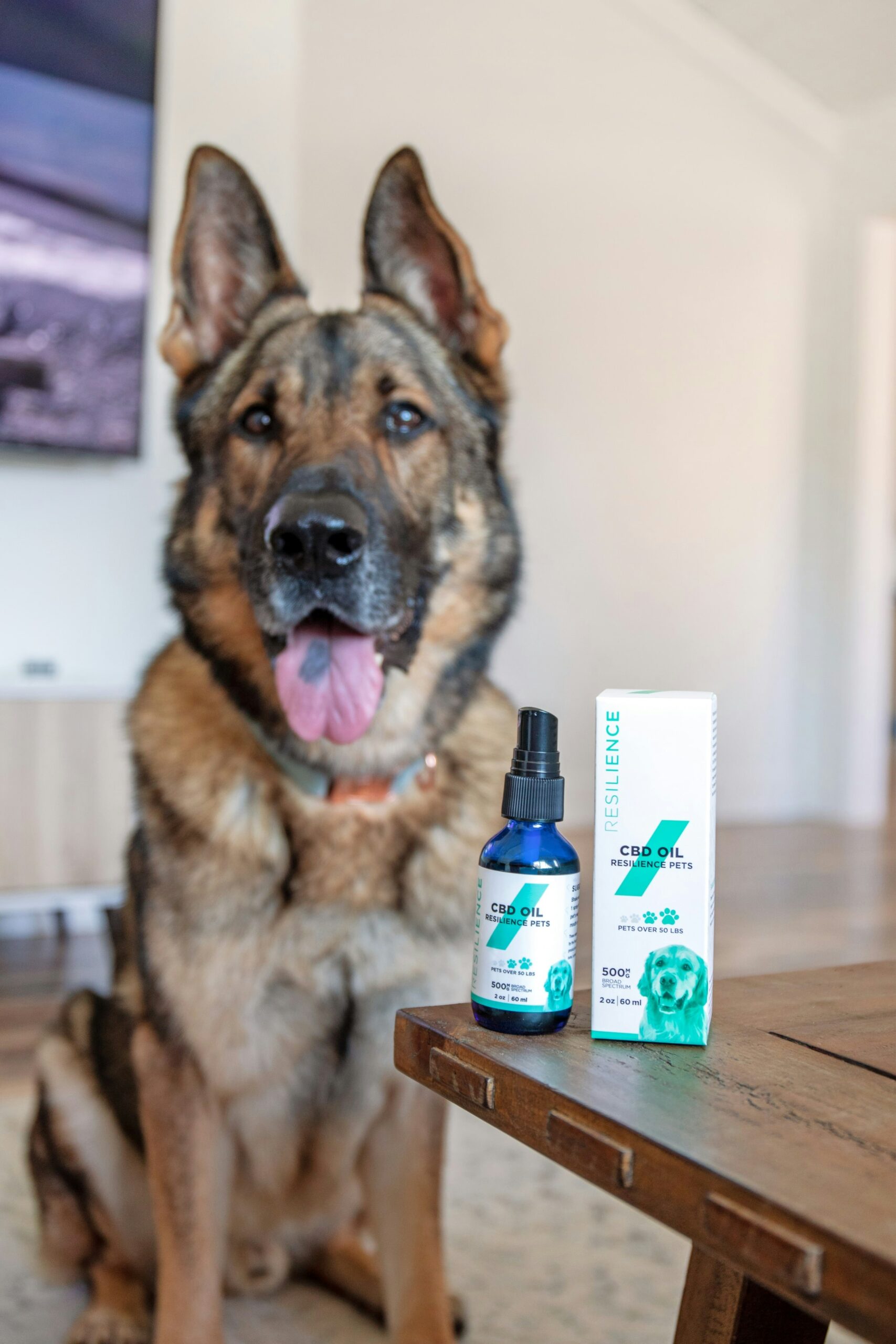Choosing the Best Pet Carrier: What to Look For and Why
Introduction to Pet Carriers
Pet carriers have become an indispensable tool for pet owners, ensuring that animals are transported safely and comfortably. Whether you are heading to the veterinarian’s office, embarking on a long-distance plane journey, or simply taking a trip in your car, a well-designed pet carrier can make all the difference in your pet’s experience. It is critical not only for the pet’s safety but also for its overall well-being during travel.
Various situations necessitate the use of a pet carrier. For medical visits to the vet, a controlled environment is crucial to keep your pet calm and secure. During air travel, carriers must adhere to specific airline regulations, making it essential to choose a compliant and comfortable option. Road trips can also pose numerous risks and distractions, so utilizing a pet carrier helps in mitigating those risks, ensuring both your and your pet’s safety.
In this blog post, we will delve deeper into different aspects of choosing the best pet carrier. The following sections will cover the types of pet carriers available, offering insights into each variety’s pros and cons. You will also find valuable information on key features to consider when selecting a carrier, including size, material, ventilation, and ease of cleaning. Special considerations for different types of animals and traveling scenarios will also be discussed. By the end of this guide, you will be well-equipped with the knowledge to make an informed decision on the best pet carrier for your needs.
Types of Pet Carriers
When selecting a pet carrier, understanding the various types available can be instrumental in making an informed decision. The market offers a diverse range of pet carriers, each designed to cater to different needs, preferences, and travel situations. The main types include hard-sided carriers, soft-sided carriers, backpack carriers, and wheeled carriers.
Hard-sided carriers are known for their durability and security. These carriers feature a solid plastic or metal frame, providing robust protection for pets during travel. They are especially beneficial for long journeys or when traveling by air, as they meet most airline travel regulations. However, their rigid design can make them less portable and heavier to carry, making them better suited for larger pets or those needing more protection.
Soft-sided carriers offer greater flexibility and comfort. Typically made from durable fabric with mesh windows for ventilation, these carriers are lightweight and easily portable, making them ideal for short trips or visits to the vet. Soft-sided carriers can also be stored more compactly when not in use. On the downside, they may not provide as much protection as hard-sided carriers, especially for pets that may scratch or chew through the material.
Backpack carriers provide a hands-free option for pet owners. These carriers are perfect for small pets and can make navigating through crowded areas easier. They are excellent for hiking, walking, or other outdoor activities where traditional carriers may be cumbersome. However, they may not be practical for larger pets or extended travel due to weight distribution and space constraints.
Wheeled carriers combine the portability of soft-sided carriers with the convenience of wheels. These carriers are excellent for navigating airports or long distances without carrying a heavy load. Wheeled carriers often have retractable handles similar to luggage, making them easy to maneuver. However, they can be bulky and may not be suitable for rugged terrains.
When choosing a pet carrier, consider the specific needs of your pet, including their size, weight, and temperament, as well as the nature of your travel. Ensuring the carrier provides adequate ventilation, security, and comfort is paramount for a safe and pleasant journey for both pet and owner.
Key Features to Look For
Selecting the right pet carrier is paramount for the safety and comfort of your pet. A key feature to prioritize is proper ventilation. Adequate airflow ensures your pet remains cool and comfortable, particularly during extended journeys or warmer months. Look for carriers with multiple mesh windows or vents. This guarantees not only sufficient airflow but also visibility, reducing your pet’s anxiety by allowing them to see their surroundings.
Durability is another critical aspect. The materials used in the carrier should be robust enough to withstand the wear and tear associated with travel. Opt for high-quality, non-toxic materials that can endure biting and scratching. The frame of the pet carrier should be sturdy to prevent collapse, ensuring your pet’s safety at all times. Carriers with reinforced edges and seams provide additional structural integrity.
Ease of cleaning cannot be overstressed. Pets can sometimes create messes, especially during long trips. Selecting a carrier with removable, washable liners and waterproof materials simplifies the cleaning process. A carrier with easy access points, such as front and top openings, also aids in quick and efficient cleaning.
Secure locking mechanisms are essential to prevent accidental escapes. This feature offers peace of mind, knowing that the openings will remain securely closed during travel. Ensuring that the zippers have locking clips or that the door latches are dependable contributes significantly to your pet’s safety.
A comfortable interior is crucial for long travels. Consider carriers that offer plush, padded interiors or the ability to place a cozy blanket inside. This comfort helps to calm your pet during stressful trips and provides a more enjoyable travel experience.
Additional features such as pockets for storage and collapsibility are practical considerations. Pockets provide convenient spaces to store treats, leashes, and other pet essentials. Collapsible carriers are particularly beneficial, as they save space when not in use, making storage easier.
Choosing the appropriate pet carrier involves a careful assessment of these key features to ensure your pet’s journey is as safe and comfortable as possible. Prioritizing ventilation, durability, ease of cleaning, secure locking mechanisms, a comfortable interior, and additional practical features will set you on the right path to selecting the best carrier for your pet’s needs.
Choosing the Right Size
Selecting an appropriately sized pet carrier is paramount to ensuring the comfort and safety of your pet during travel. An ideal carrier should provide ample room for your pet to move around but also be snug enough to offer a sense of security. The balance between space and snugness ensures that your pet remains comfortable and calm, whether you are taking a short trip to the vet or embarking on a longer journey.
Begin by measuring your pet accurately. Use a measuring tape to determine your pet’s length from the tip of the nose to the base of the tail, and then measure their height from the floor to the top of their head. These dimensions are crucial and provide the baseline for selecting the correct carrier size. When considering the length, add a few extra inches to accommodate any movement, while for the height, ensure that your pet has enough headroom to sit or stand comfortably.
Most carrier manufacturers provide detailed size charts that correlate with pet measurements. It is advisable to consult these charts carefully, as they are designed to guide you towards the most suitable carrier size for your pet. For example, a carrier advertised for medium-sized pets should align precisely with your measurements and observations. Do not simply rely on weight categories, as pets with varying body types may require different carrier dimensions. Focus on the measurement specs rather than generic size labels like small, medium, or large.
Additionally, consider your pet’s behavior and preferences. Some pets may prefer tighter, more enclosed spaces, while others may need a bit more room due to their active or anxious nature. Keep these behavioral tendencies in mind while evaluating carrier options. This thoughtful approach ensures that your pet’s physical and emotional needs are met, contributing to a stress-free travel experience.
By diligently measuring your pet and using manufacturer size charts, you can secure a carrier that provides optimal space and comfort. This makes any journey more pleasant for both you and your pet, reaffirming the importance of choosing the right size pet carrier.
Airline Approved Carriers
When planning to travel by air with your pet, selecting an airline-approved carrier is essential. Airlines have specific regulations regarding the size, weight, and materials of pet carriers to ensure the safety and comfort of both the pet and passengers. Typically, airline-approved pet carriers must fit under the seat in front of you, which means they should not exceed certain dimensions—usually around 18 inches long, 11 inches wide, and 11 inches high. However, these dimensions can vary between airlines, so it is critical to check with your specific airline before traveling.
Most airlines also have weight restrictions for in-cabin pet carriers, usually capping the total weight at around 20 pounds, including the pet. The carrier must also be well-ventilated, secure, and made of durable materials such as solid plastic, metal, or aircraft-grade fabric. Ensuring that your pet has enough space to stand, turn around, and lie down comfortably within the carrier is equally important for their well-being during the journey.
Several pet carriers meet these stringent requirements. For instance, the Sherpa Original Deluxe Pet Carrier is a commonly recommended choice due to its sturdy construction, three-sided ventilation, and comfort-focused design. Another popular option is the Sleepypod Air, which is praised for its adaptability to different airline seat configurations and its top and side openings for ease of access. Differences among these carriers often include the number of entry points, the level of padding, and additional features such as removable liners or storage pockets.
Preparing for air travel with a pet involves more than just purchasing an airline-approved carrier. It is advisable to consult with the airline well in advance to understand their specific pet travel policies. Additionally, securing a reservation for your pet, as many airlines have limits on the number of pets allowed per flight, and ensuring your pet’s health and comfort by acclimating them to the carrier well before the travel date, are crucial steps for a smooth journey.
Safety Considerations
When choosing the best pet carrier for your furry companion, safety should be your paramount concern. One of the most critical aspects is ensuring the carrier has secure closures. This includes robust zippers, locks, or latches that prevent accidental openings during transit. An escape-proof design is equally crucial, as pets can be adept at finding ways to wriggle out of less secure enclosures.
Proper ventilation is another vital safety feature to consider. A pet carrier with adequate ventilation panels ensures that your pet receives a constant flow of fresh air, reducing the risk of overheating or respiratory issues. Additionally, look for carriers that comply with safety certifications or standards from reputable organizations, like the International Air Transport Association (IATA), which can provide an extra layer of assurance regarding the carrier’s safety design.
To further enhance your pet’s safety and comfort during travel, consider introducing familiar items inside the carrier. A favorite blanket or toy can provide a sense of security and reduce anxiety. Additionally, using calming products, such as pheromone sprays or anxiety wraps, can help soothe your pet during stressful journeys.
By focusing on these safety considerations, you not only ensure your pet’s well-being but also provide peace of mind for yourself, knowing that your cherished companion is secure and comfortable while on the move.
Comfort for Your Pet
Ensuring your pet’s comfort during travel is paramount when selecting the best pet carrier. One of the fundamental aspects to consider is the quality of the bedding inside the carrier. Opt for carriers that come with soft, plush bedding or consider adding your own. High-quality bedding helps to minimize stress and provides a cozy environment where your pet can feel safe and secure.
Another critical factor is ventilation. Proper airflow is necessary to maintain a comfortable environment within the carrier. Look for carriers with multiple ventilation panels, preferable on all sides. These ensure a constant supply of fresh air and help prevent overheating. Ventilation panels also allow your pet to see out of the carrier, which can significantly reduce anxiety levels by providing a sense of orientation.
Temperature regulation within the carrier is another vital consideration. It is beneficial to select a carrier made of breathable materials that facilitate temperature control. Some advanced carriers come with cooling pads or insulated linings specifically designed to keep the interior temperature stable. Regardless of the carrier type, always avoid placing the carrier in direct sunlight or in places with extreme temperatures.
Carriers with adjustable straps enhance comfort for both the pet and the owner. Adjustable straps ensure that the carrier can be comfortably and securely carried, reducing the likelihood of undue jostling. For owners, padded shoulder straps can mitigate the strain of carrying the pet over long distances.
Finally, easy access to your pet is a feature that should not be overlooked. Carriers with multiple entry points or transparent windows allow you to quickly and easily reach in to comfort your pet. This feature is especially beneficial during long trips or if your pet becomes anxious, as a reassuring touch or a quick check-in can be incredibly calming.
Tips for Acclimating Your Pet
Acclimating your pet to their carrier is an essential step in ensuring a stress-free travel experience. A key strategy is the gradual introduction of the carrier into your pet’s daily environment. Initially, place the carrier in a common area where your pet spends a lot of time. Leave the door open and allow them to explore it at their own pace without feeling any pressure to enter.
To make the carrier more appealing, consider placing familiar items inside, such as a favorite toy, blanket, or some of their bedding. These items carry your pet’s scent and can make the carrier feel like a safe space. Positive reinforcement is also crucial; offering treats when your pet engages with the carrier can create positive associations. You might even start feeding your pet near the carrier, gradually moving their bowl inside over time. These small actions can collectively make a significant difference in how comfortable your pet feels.
Another effective method is to use the carrier as a resting spot. Encourage your pet to take naps inside the carrier by placing bedding or a pillow inside. Over time, this will help them see it as a cozy and familiar place. Service animals and highly trained pets benefit significantly from practicing entry and exit drills, rewarding compliance with treats and affection.
Reducing travel anxiety hinges on the success of these preparatory steps. Pets that are not accustomed to their carriers often exhibit signs of stress during travel, such as excessive panting, crying, or restlessness. On the contrary, a pet that sees their carrier as a comforting refuge is more likely to remain calm throughout the journey. Taking the time to acclimate your pet to their carrier can transform travel into a more peaceful experience for both you and your furry companion.















Post Comment